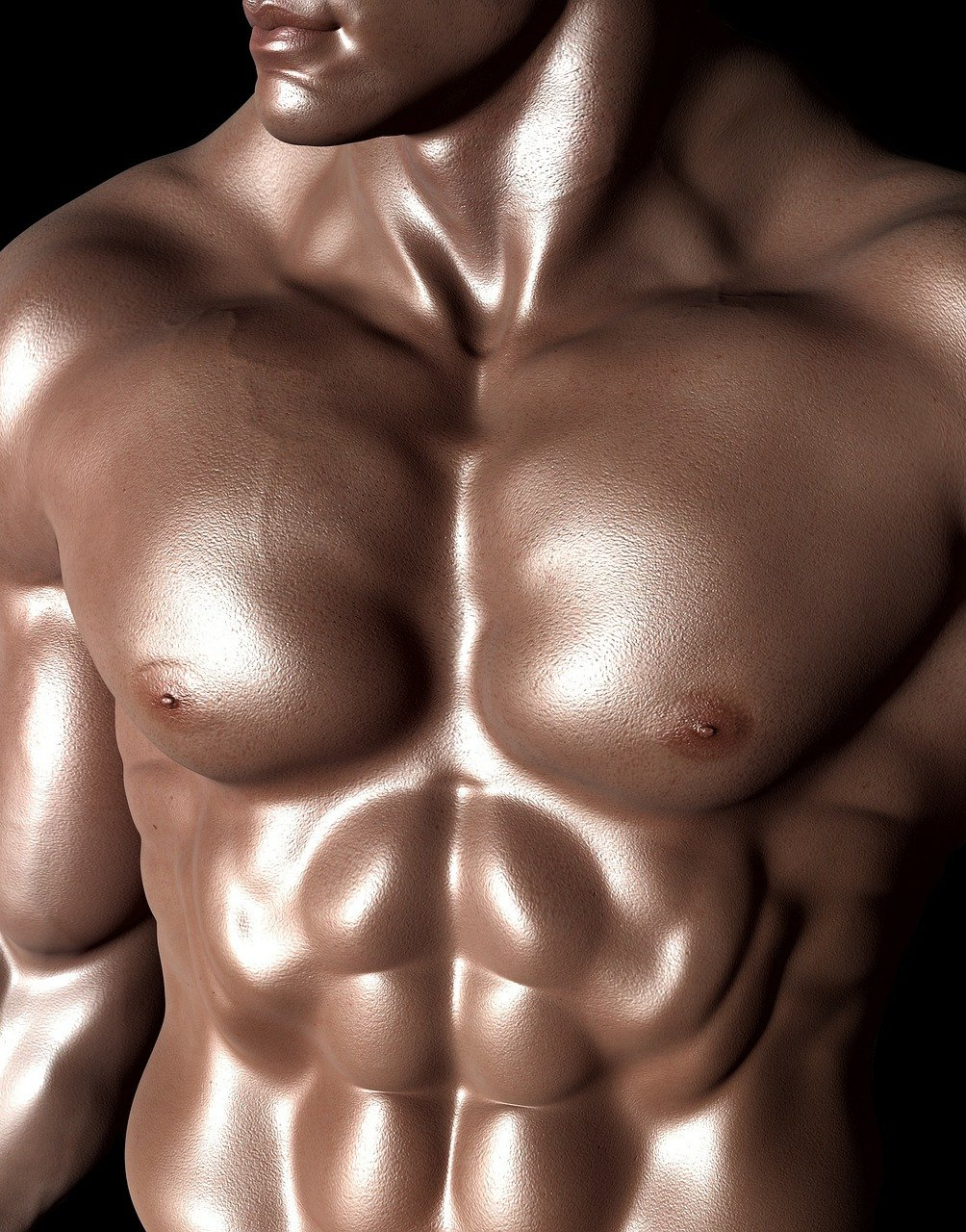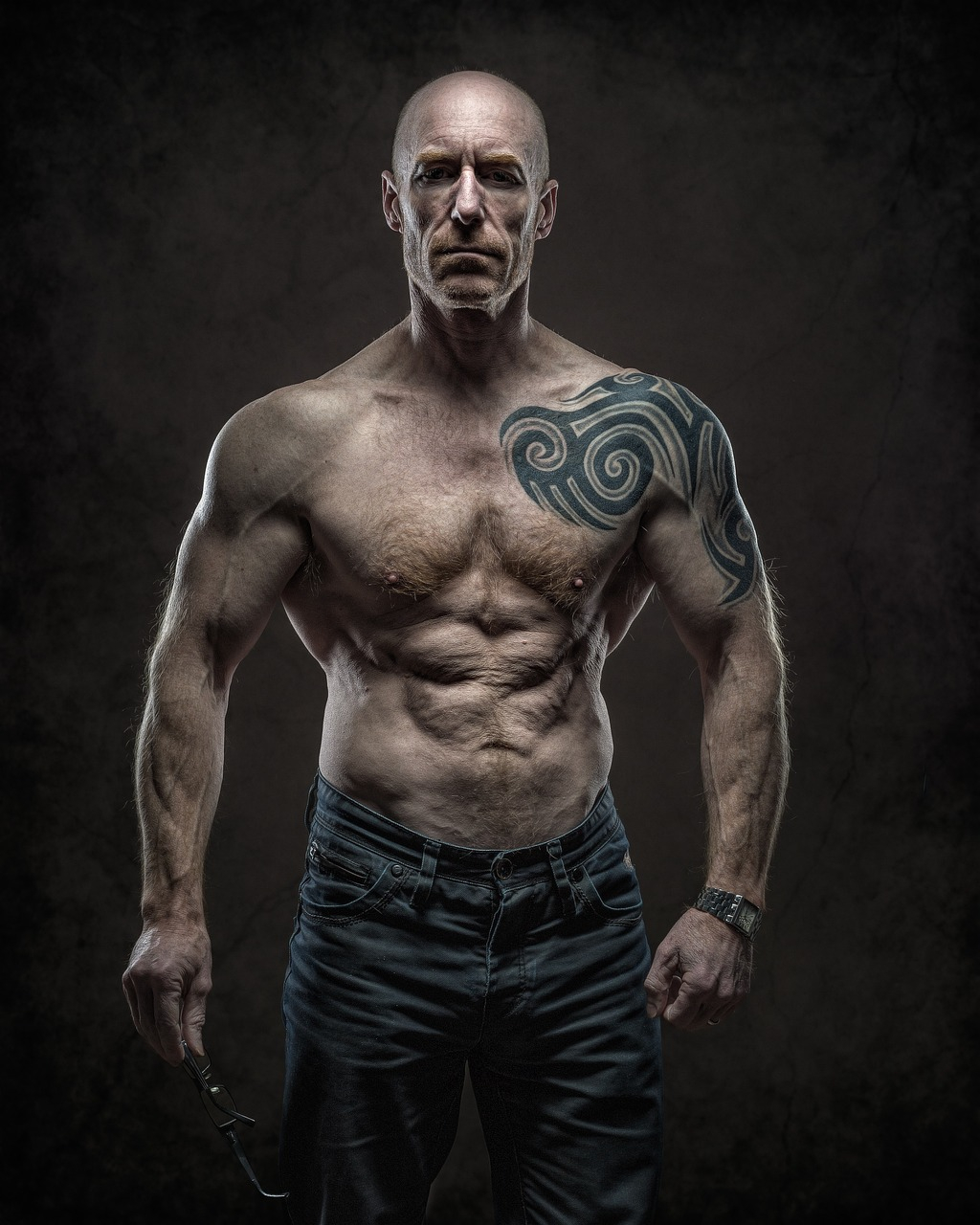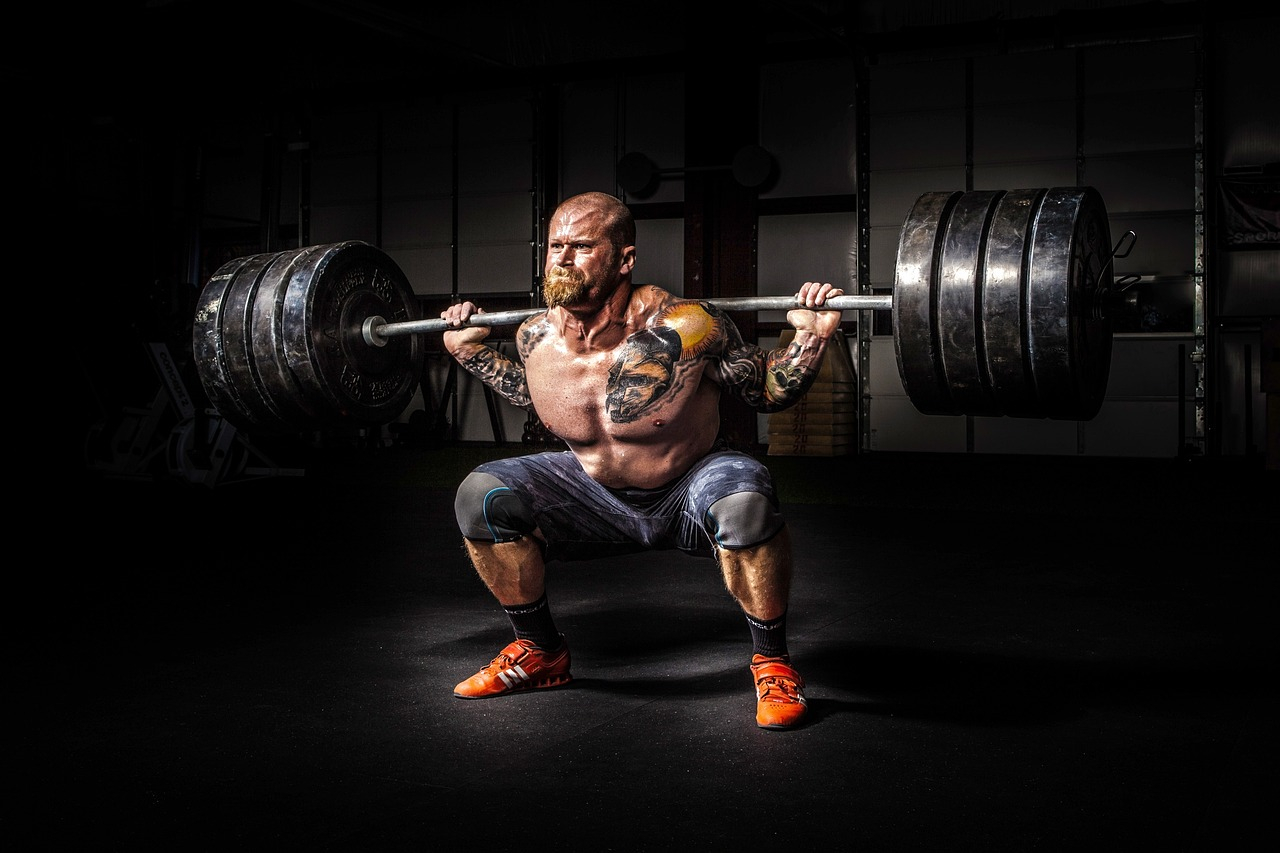How to Build Chest Muscle: A Comprehensive FAQ Guide
Lean in closer. You are about to journey through a comprehensive FAQ guide aptly named, “How to Build Chest Muscle”. Perfect for gym junkies, fitness enthusiasts, and everyone in between who has an appetite to sculpt and build their chest muscles. This robust guide covers everything from meal plans, chest-specific exercises, rest periods, reps and sets, to the frequency of workouts. It even tackles common pitfalls, misconceptions, and effective strategies that will directly contribute to your muscle growth. So let’s flex those mind muscles first, before hitting the weights.
Understanding Chest Muscles
Before we dive into how to build chest muscles, it’s important to first understand the anatomy and roles they play. This knowledge will contribute to effective muscle building and prevent potential injuries.
Anatomy of the Chest
Your chest is made up of two primary muscles — the pectoralis major and the pectoralis minor. The pectoralis major is the larger of the two and makes up most of your chest muscle. It’s responsible for the bulk and shape of your chest. The smaller muscle, the pectoralis minor, lies underneath the pectoralis major and plays a supportive role in chest function.
The Role of Chest Muscles in Body Movements
Not exclusively for aesthetics, chest muscles play a critical role in various body movements. They aid in pushing, pulling, and lifting movements. The pectoralis major is heavily involved in movements that require pushing and pressing force, such as throwing a punch or pushing a heavy object. The pectoralis minor helps stabilize the scapula.
Significance of Building Chest Muscles
Besides improving physical appearance, building chest muscles also amps up your strength and endurance. A strong chest helps enhance your performance in sports and physical activities that involve upper body strength. It also helps maintain good posture by counteracting the forward pull of your back muscles.
Foundations of Chest Muscle Building
To embark on the muscle-building journey, it’s crucial to understand the science of muscle growth, the effect of genetics, and the role of nutrition.
Understanding Muscle Hypertrophy
Muscle hypertrophy, in simple terms, is the increase in size of muscle cells. This occurs when muscle fibers respond to lifting weights by developing small tears. These micro-tears spur the repair process, resulting in thicker, larger muscle fibers, which contributes to the bulkiness of your muscles.
Role of genetics in Muscle Building
Genetics play a significant role in muscle building. Some people might have a natural propensity for quick muscle growth due to factors like muscle fiber type, hormone levels, and metabolism speed set by their genes. However, regardless of your genetic composition, consistent and efficient training coupled with proper nutrition can result in substantial muscle gain.
Importance of Nutrition in Muscle Growth
Similarly, nutrition is a key factor in muscle growth. A balanced and protein-rich diet can provide your muscles with the necessary nutrients for recovery post workout. It can accelerate muscle repair, leading to faster muscle growth.

Exercises for Chest Muscle Building
There are numerous exercises out there for chest muscle building. Here are some of the most effective ones.
Bench Presses
Bench presses are a staple in chest workouts. They involve multiple muscle groups including chest, shoulders and arms, resulting in comprehensive muscle building.
Dumbbell Flyes
Dumbbell flyes target the pectoralis major and help stretch and contract the chest muscles differently than many other exercises.
Push-ups
A classic body weight exercise, push-ups primarily train chest muscles in addition to engaging other muscle groups like core and arms. They can be done virtually anywhere and require no fitness equipment.
Cable Crossovers
Cable crossovers are great for isolating chest muscles. Performing cables crossovers at different angles can target different parts of your chest.
Different Exercises for Different Chest Muscles
Different chest exercises can target different chest muscles. For example, to focus on the upper chest, you can perform exercises like inclined dumbbell press. Similarly, you can work on the lower chest with exercises like declined bench press.
Optimal Workout Techniques
Just doing the exercises isn’t enough. They need to be done correctly and consistently. Here are a few optimal workout techniques.
Proper Form and Execution
Maintaining the proper form during exercises is key to muscle growth and avoiding injuries. This means controlling your movements and aligning your body as required in each exercise.
Understanding Workout Intensity and Frequency
Workout intensity refers to the amount of effort you apply during an exercise, whereas frequency refers to how often you workout. Both are critical factors influencing muscle growth.
Importance of Rest Periods
Rest periods are critical in muscle development. It’s during these periods of rest that your muscle repairs itself and grows. Overworking the muscles without proper rest can lead to burnout and muscle injury.

Nutritional Considerations
Just as with working out, nutrition also plays a key role in muscle growth.
Protein and Muscle Recovery
Protein consists of amino acids, the building blocks of muscles. Consuming enough protein aids in muscle recovery and growth by repairing the muscle fibers damaged during workouts.
Importance of Hydration
Staying hydrated is also crucial for muscle development. Adequate hydration before, during, and after workouts can prevent muscle fatigue, cramps, and facilitate overall body functions.
Role of Supplements in Muscle Growth
Supplements like protein shakes, creatine, and BCAA may enhance muscle growth by supplying your body with extra nutrients. However, they should be used as a supplement to a balanced diet, not as a substitute.
Injury Prevention and Safety
Preventing injury is just as important as muscle growth in your fitness journey. A wrong move can cost weeks, maybe even months of progress.
Warm-ups and Cooldowns
Performing warm-ups before and cool downs after each workout session can prepare your body for the exercise ahead, keep your muscles flexible, and prevent potential injuries.
Maintaining Proper Form
Just as noted above, maintaining proper form during workouts is crucial in preventing injuries.
Listening to Your Body
In any workout, it’s important to listen to your body and understand its limits. Overexerting could lead to detrimental effects.
When to Seek Medical Advice
If you face persistent pain after workouts, it’s essential to seek medical advice. Persistent pain could be a sign of a potential injury.

Common Mistakes in Chest Muscle Building
Building muscle involves a learning process, and mistakes are common. Here are a few common ones to avoid.
Overtraining
Training too hard too often can lead to severe muscle strains or even skeletal injuries. Remember, rest is critical for muscle repair and growth.
Neglecting Other Muscle Groups
Resist the urge to focus only on chest muscles. Overdeveloped chest muscles paired with weaker back muscles, for example, can lead to poor posture and imbalances.
Insufficient Nutrition
Insufficient nutrition can lead to slower muscle repair and stopped growth. Make sure you’re meeting your daily caloric and protein requirements.
Poor Technique
Performing exercises with poor techniques can lead to ineffective workouts and even injuries.
Building Chest Muscles for Different Body Types
People are generally categorized into three body types: ectomorphs, mesomorphs, and endomorphs. Each type has its muscle-building characteristics.
Ectomorphs
Ectomorphs are individuals who naturally have slender bodies and find it challenging to gain weight or muscle mass. They can benefit from longer rest intervals and increased caloric intake.
Mesomorphs
Mesomorphs naturally have a muscular build and can easily gain and lose weight. A balanced diet and routine exercise can help them build muscle mass effectively.
Endomorphs
Endomorphs naturally have higher body fat and are prone to weight gain. They can benefit from regular cardio along with strength training to balance fat loss and muscle gain, and a diet rich in protein and lower in carbohydrates.
Suitable Exercises and Diet for Each Body Type
The exercises recommended above are beneficial to all body types. The key is adjusting the frequency, intensity, and recovery time.
Progress and Plateaus in Chest Muscle Building
Building muscle is a journey and tracking progress is crucial to staying motivated and consistent.
Understanding Plateaus
A plateau is when you stop making progress in spite of consistent exercises. It’s common in muscle building but can be overcome with varying exercises or nutrition.
Strategies to Overcome Plateaus
Different strategies can help overcome plateaus, such as changing your workout routine, switching up your diet, or even taking a short break to allow your body to fully recover.
Setting and Tracking Progress
Setting realistic goals and tracking your progress can help you stay motivated. Remember, muscle building is a gradual process, and patience is the key.
FAQs About Chest Muscle Building
How Long Does it Take to Build Chest Muscles?
Building muscle takes time and depends on various factors such as your workout intensity, frequency, nutrition, and rest. With consistent effort, noticeable changes can be seen in a few weeks.
Can I Build Chest Muscles Without Weights?
Certainly! Bodyweight exercises like push-ups and dips can help build chest muscles. However, adding weights to your routine can hasten the muscle-building process.
How Often Should I Workout for Chest Muscle Growth?
Typically, working out a muscle group twice a week is recommended for muscle growth.
What Are Some Signs of Overtraining?
Signs of overtraining include persistent muscle or joint soreness, decreased performance, lack of muscle growth, insomnia, loss of appetite, and constant fatigue. If you experience these signs, it’s important to take some rest and refill your body with proper nutrition.

